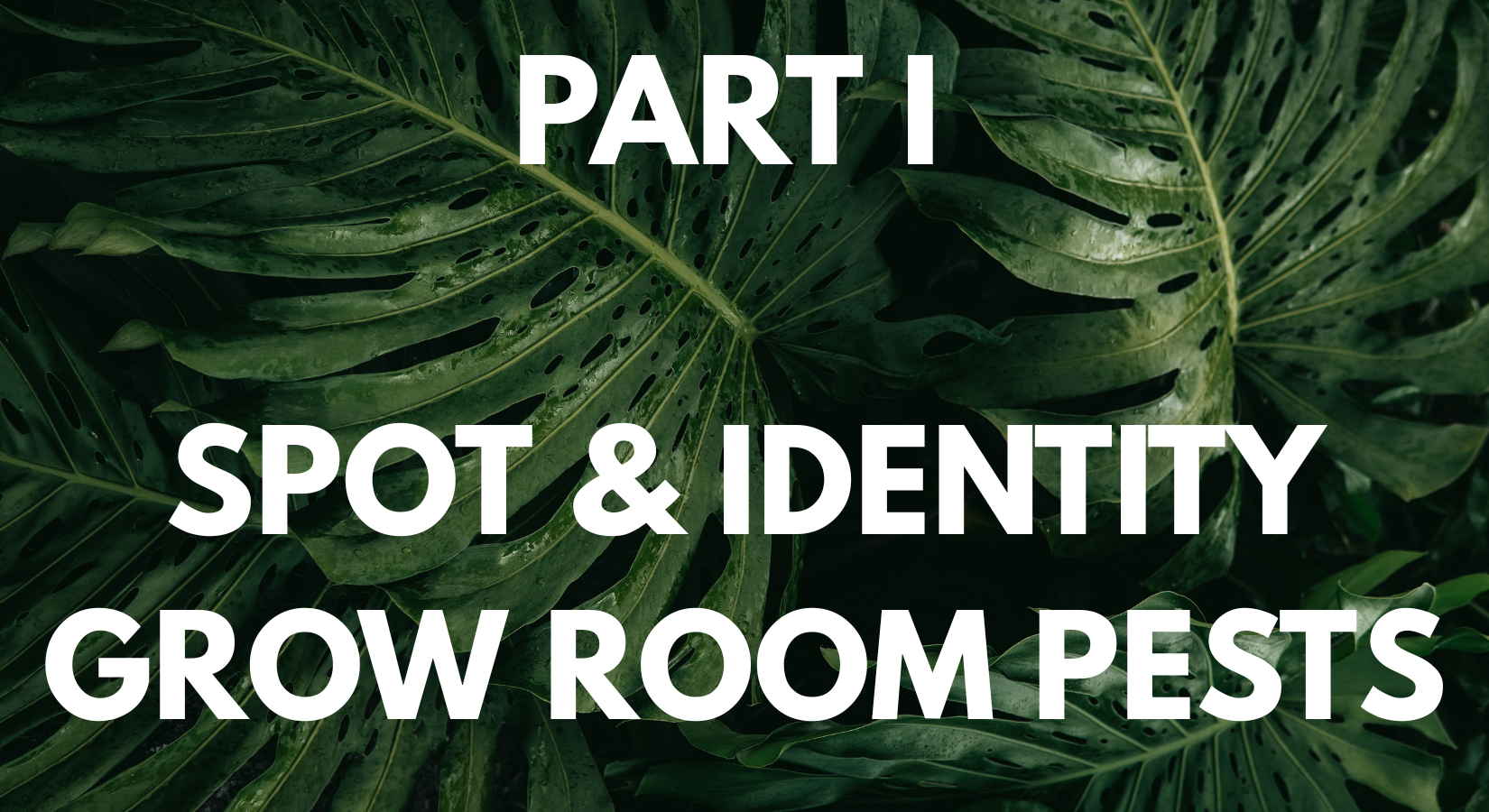Hydroponic Grow Room Pest Guide – Part I: Identifying Common Threats
Warm weather might boost your mood, but it also boosts the presence of common grow room pests and even if you’re growing indoors, your hydroponic system isn’t immune. Tiny insects can enter through intake fans, open doors, or even by hitching a ride on you after you’ve been outdoors. At Holland Horticulture, we’ve created this guide to help you identify, prevent, and manage pest infestations before they damage your grow.
Spider Mites
These sap-sucking mites are just 0.5–1mm in size, with colours ranging from red and yellow to brown. Their tiny eggs (as small as 0.1mm) often go unnoticed, especially as mites typically gather on the underside of leaves. Early signs include:
-
Speckled or yellowing leaves
-
Webbing around stems and foliage
-
Slowed plant growth
Severe infestations can kill off healthy plants, so early detection with a magnifier is key.
Try our Spidermite concentrate spray!
Thrips
Thrips are around 1mm in size and can appear black, orange-red, or translucent. They inject eggs into your plant tissues, where larvae hatch in warm weather. You might notice:
-
Silvery streaks or trails on leaves (like snail tracks)
-
Discoloured or curling foliage
-
Deformed fruit or crop damage
These fast-spreading pests are one of the most common complaints in-store during summer.
Fungus Gnats (Sciarid Fly)
First spotted as mosquito-like adult flies, the real issue lies in their larvae, which live in your growing media and attack root systems. Symptoms include:
-
Wilting leaves and stems
-
Poor nutrient uptake
-
Stunted growth
Left untreated, larvae can destroy entire root networks and allow fungal infections to spread.
Aphids
Aphids come in a variety of colours (green, red, black, yellow) and have soft, pear-shaped bodies. Their high-speed reproduction means infestations can escalate rapidly. Signs to look out for:
-
Yellowing, curling leaves
-
Sticky residue on leaves (honeydew)
-
Sooty Mould developing on affected areas
-
Ants gathering on plants
This combination can reduce photosynthesis and seriously hinder plant development.
What to Do Next
-
Stay tuned for Part II, where we cover prevention and control strategies.
-
Monitor plants daily and keep intake areas clean.
-
Be proactive—early identification leads to easier eradication.
Need help identifying a pest or choosing the right treatment? Contact us on 0161 273 5995, or visit one of our stores for expert advice and free pest diagnosis.


